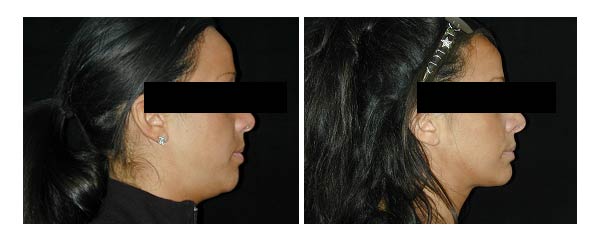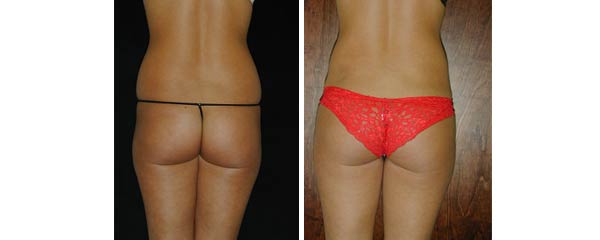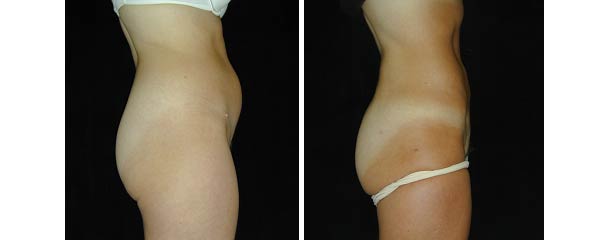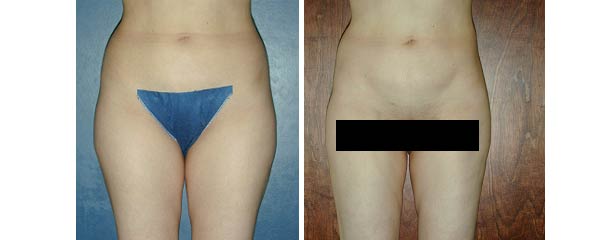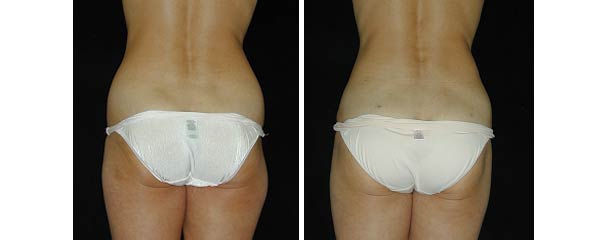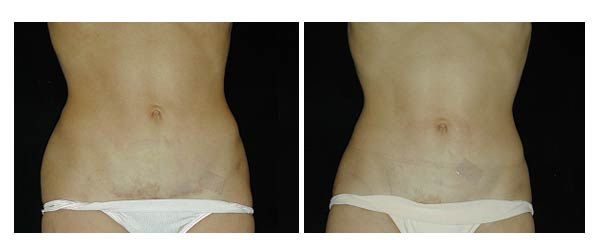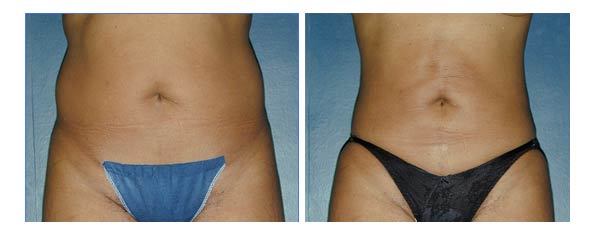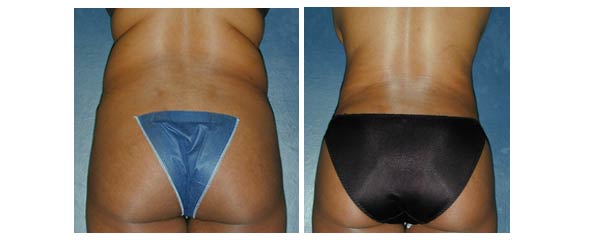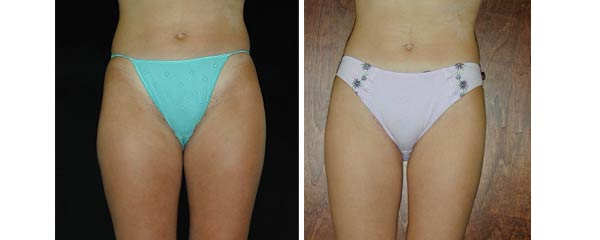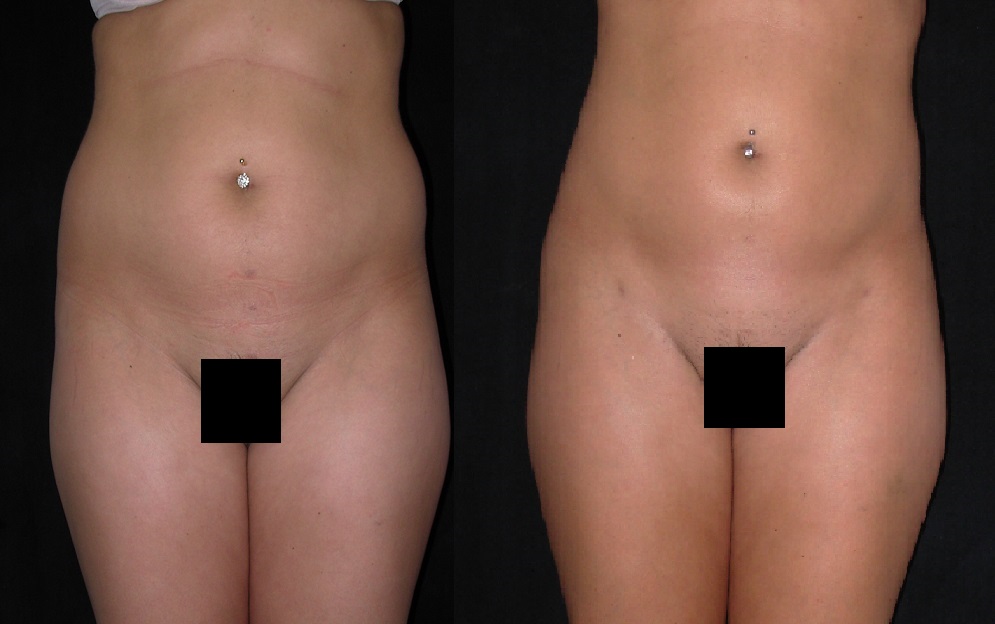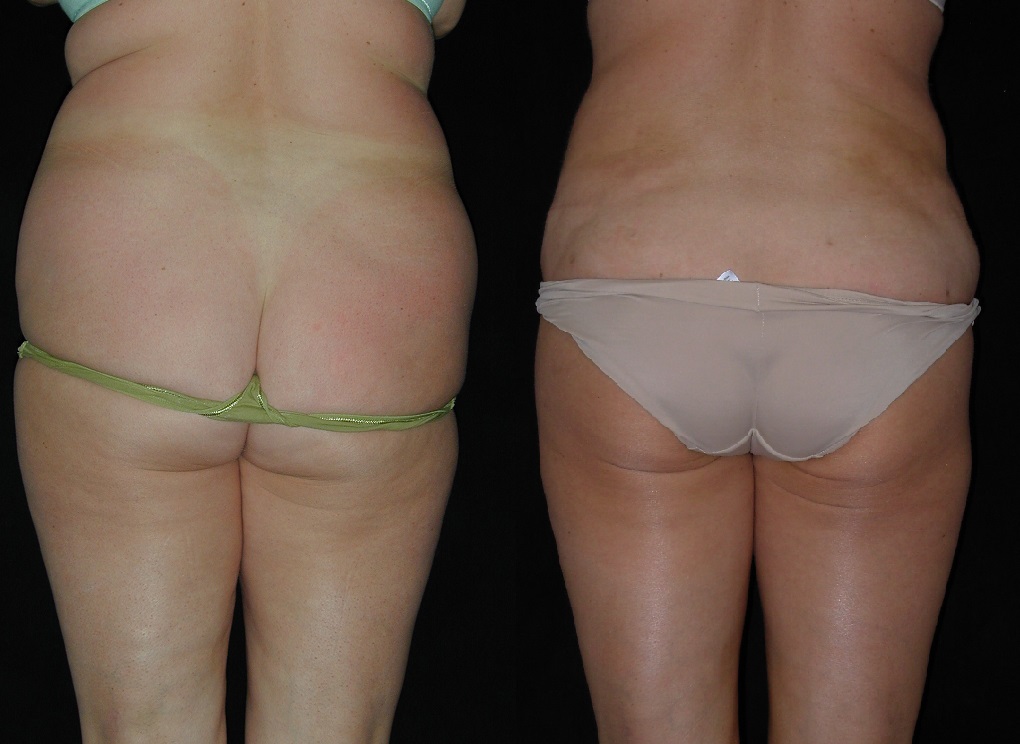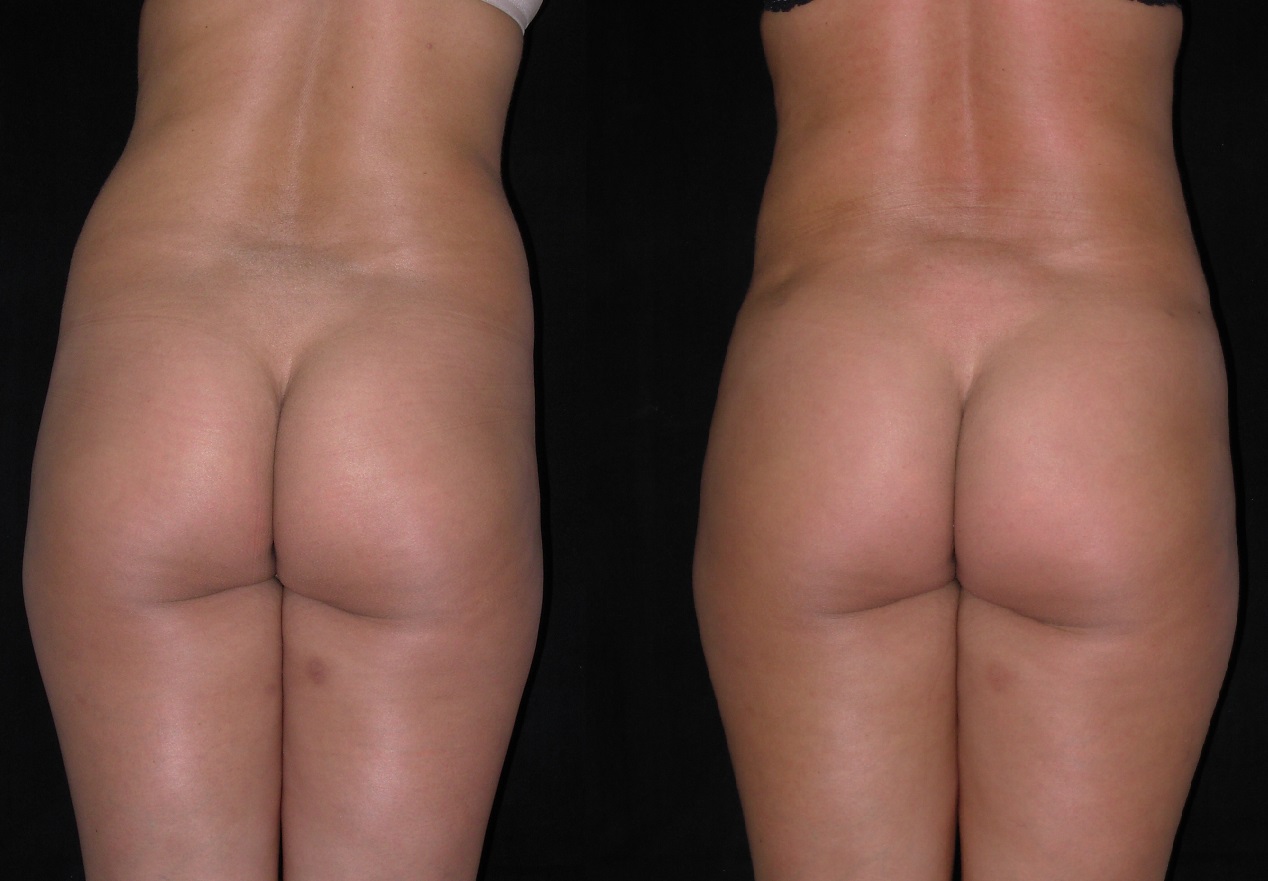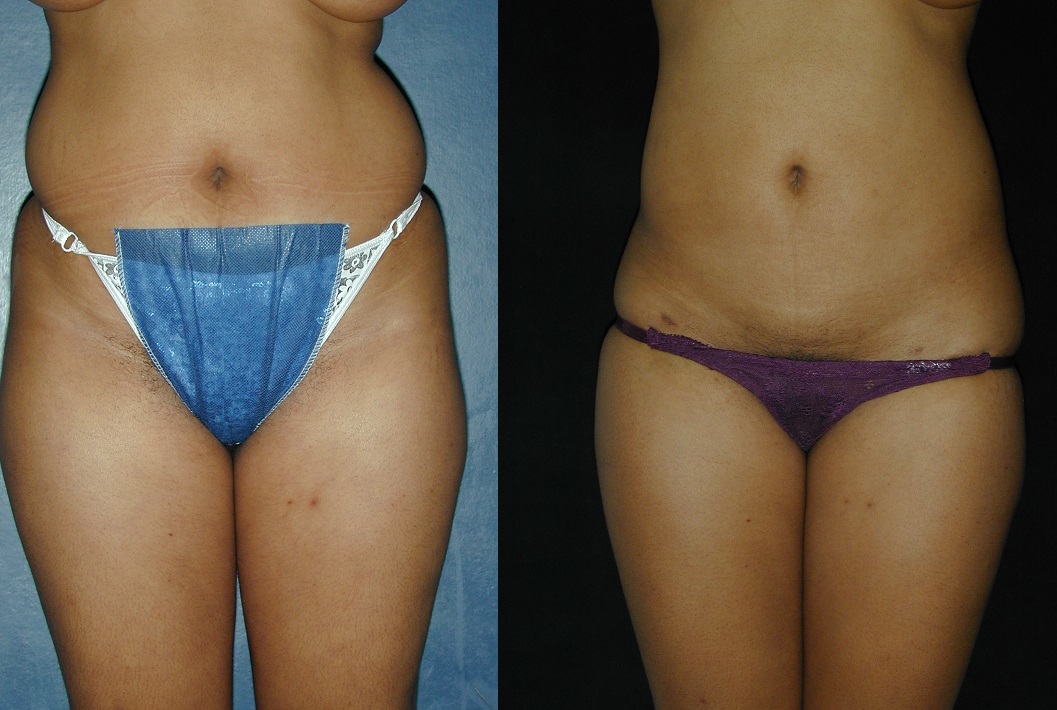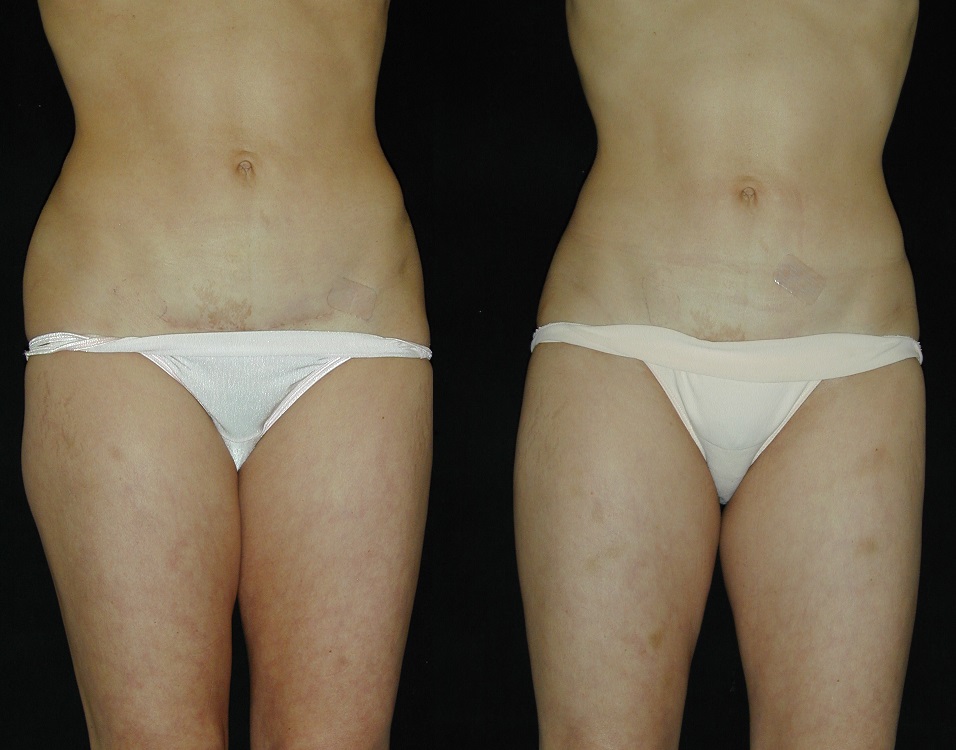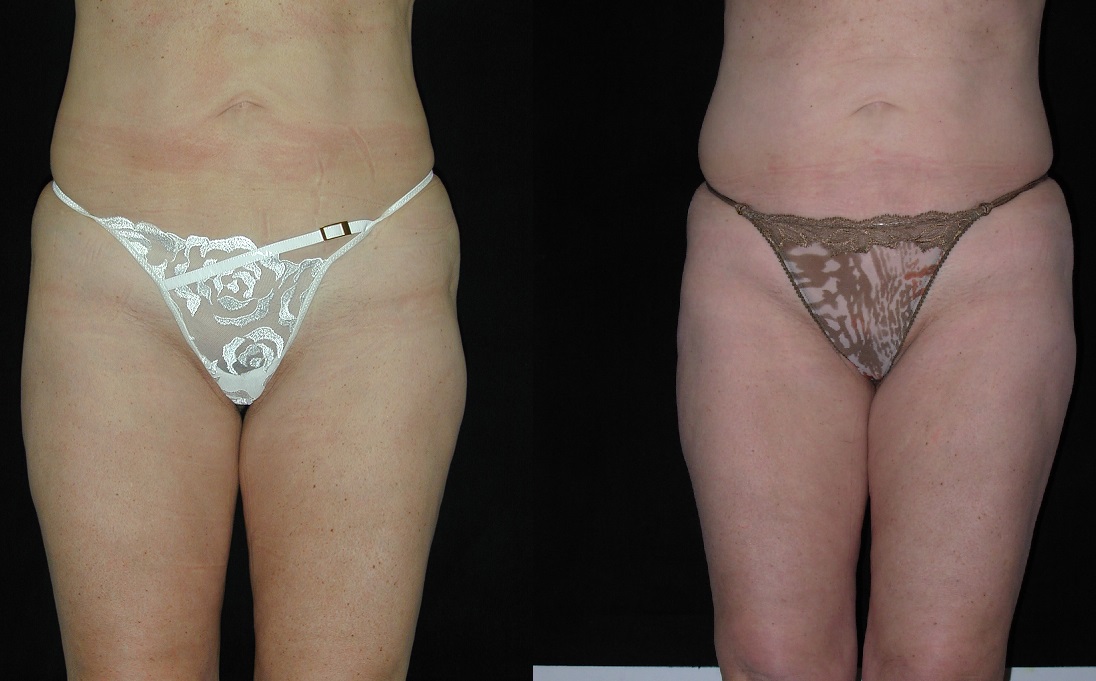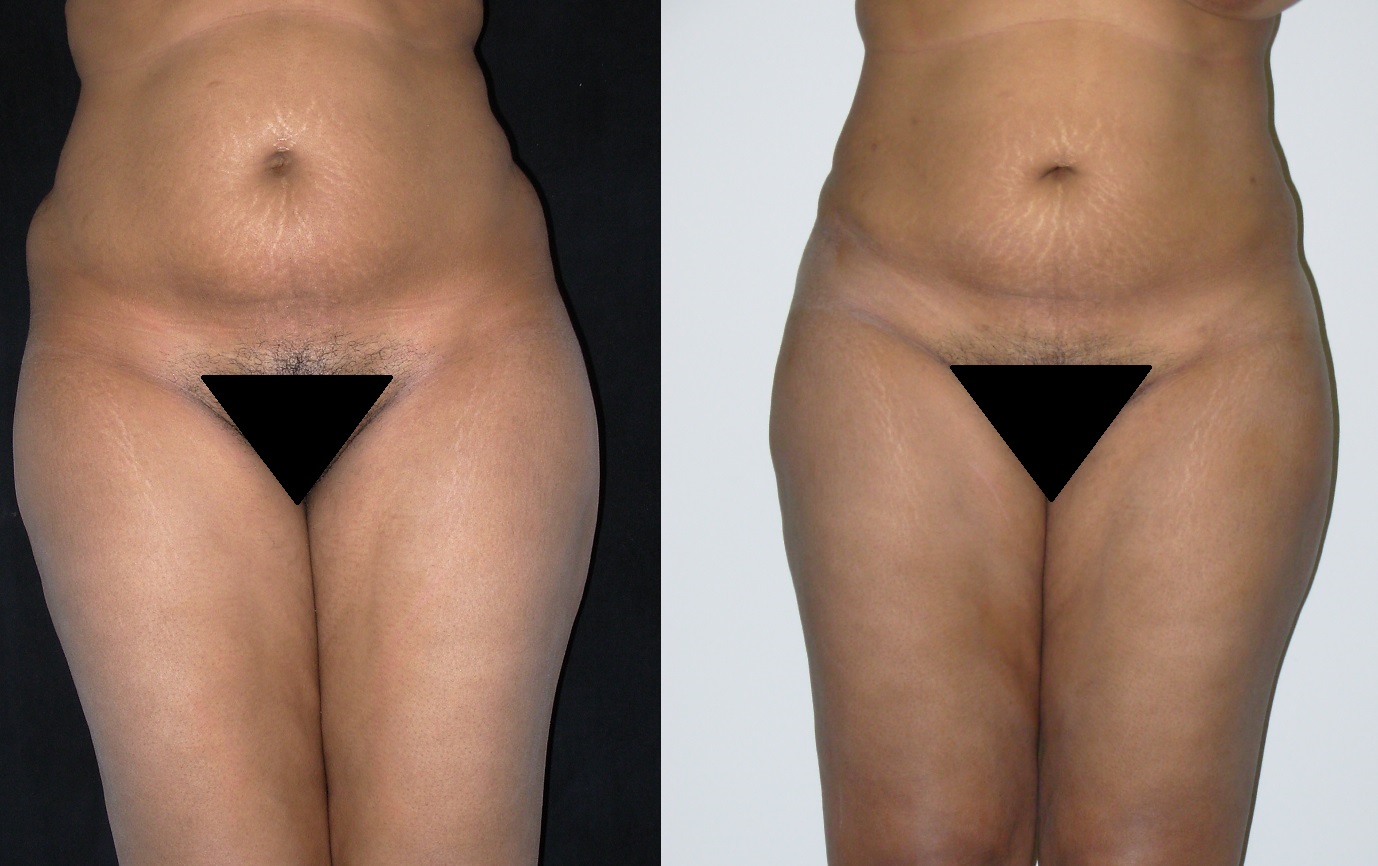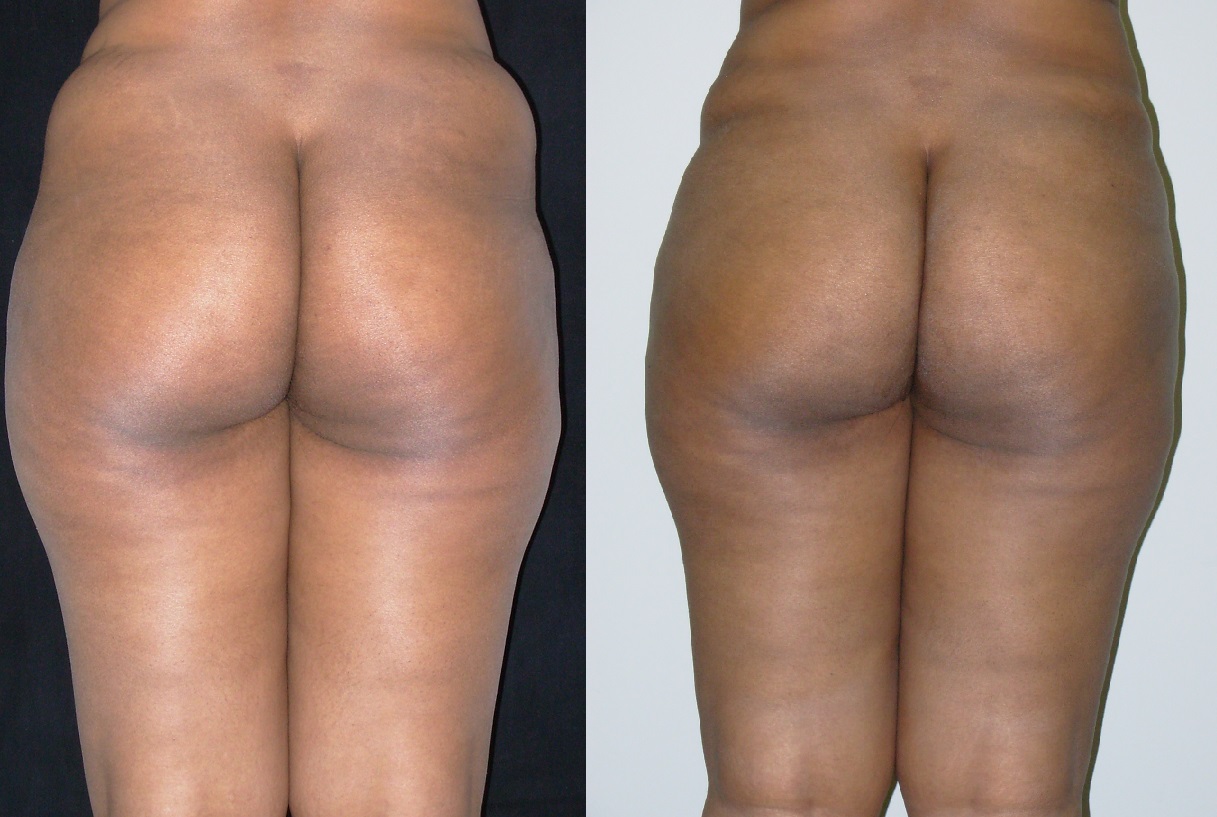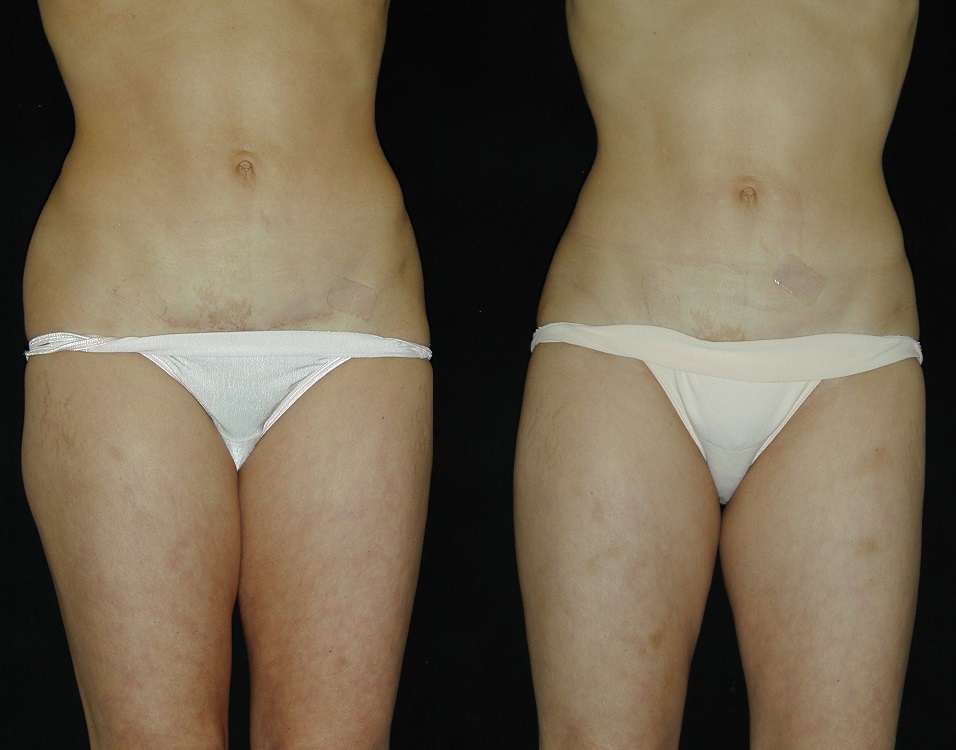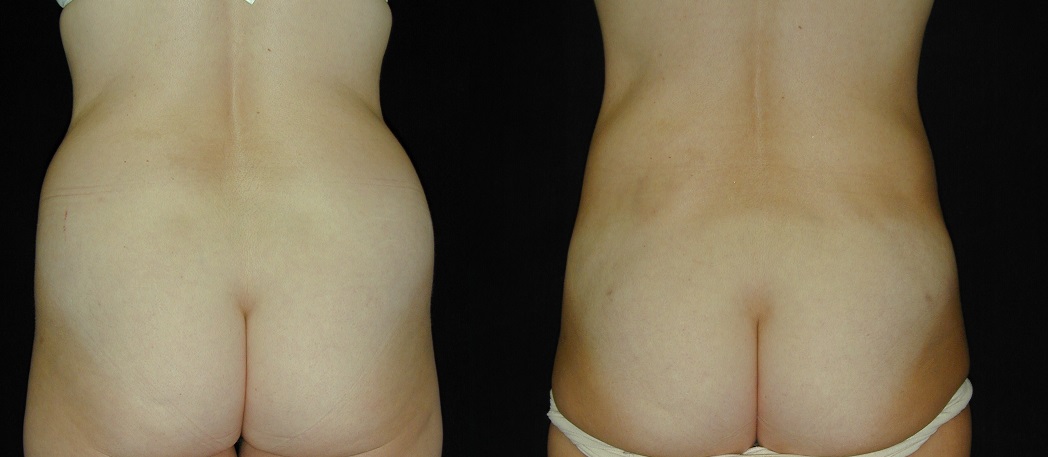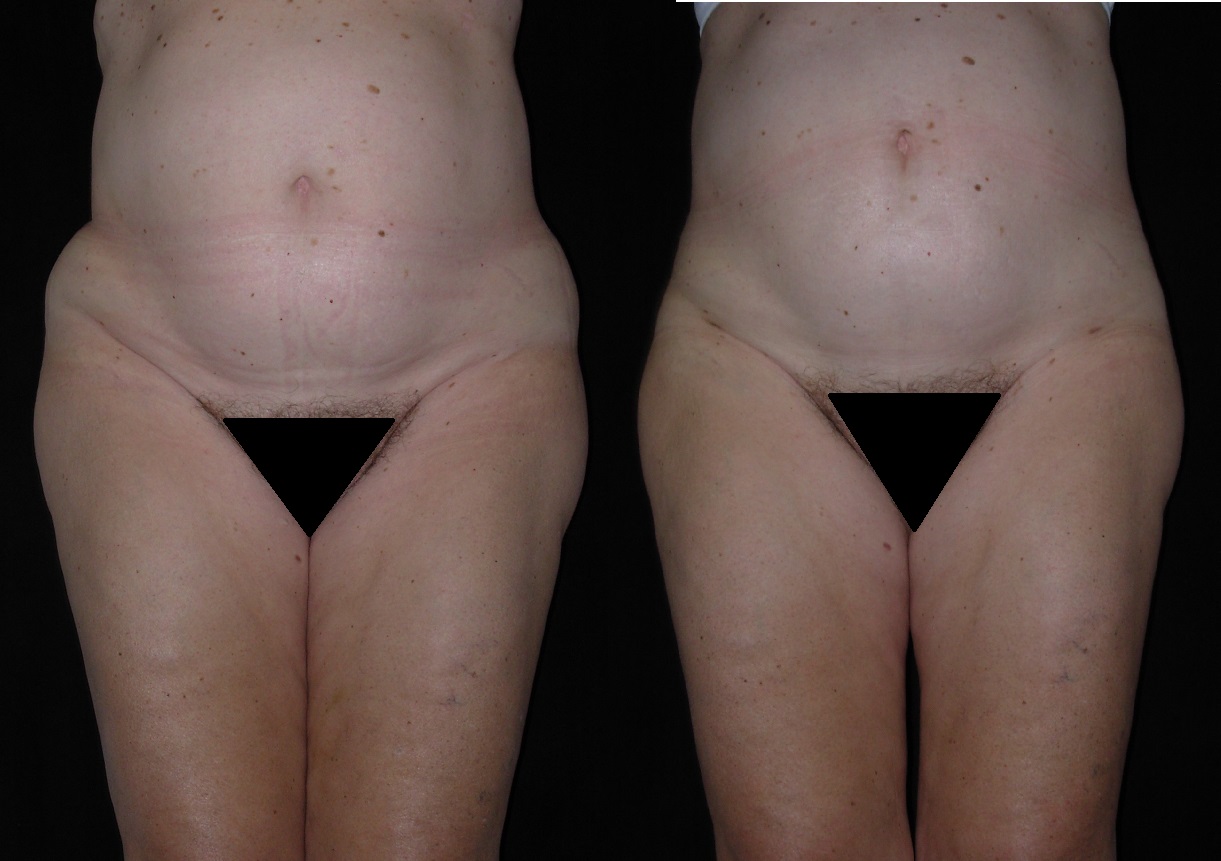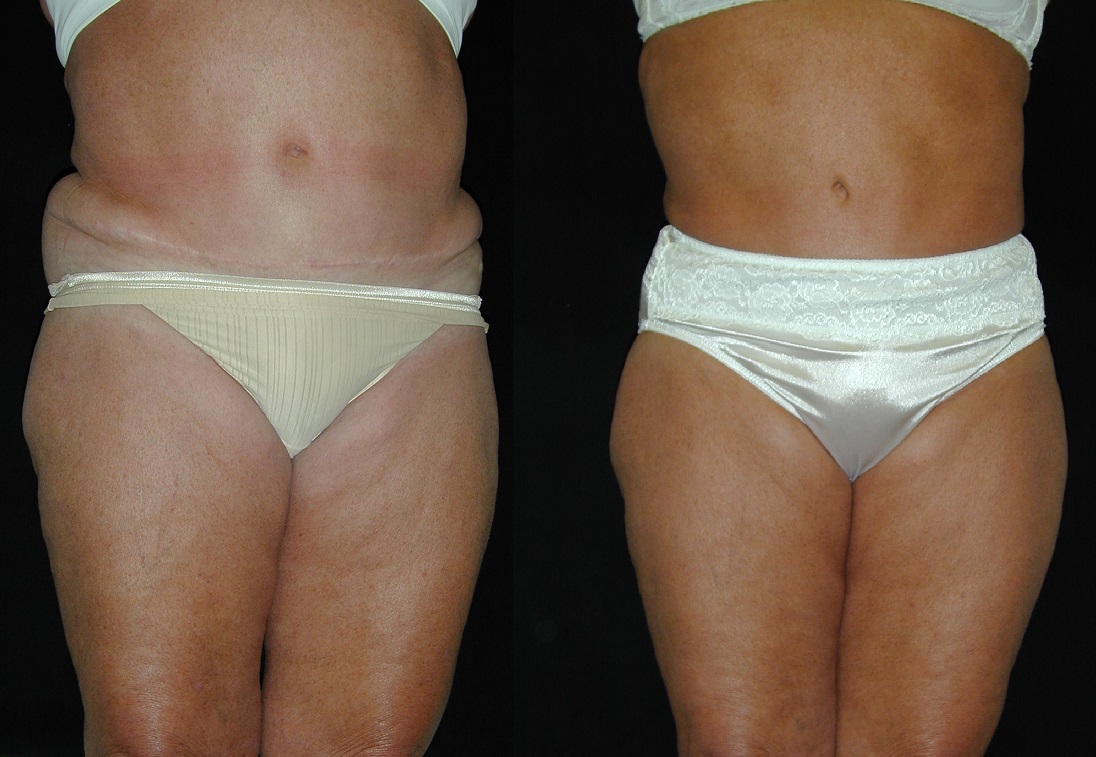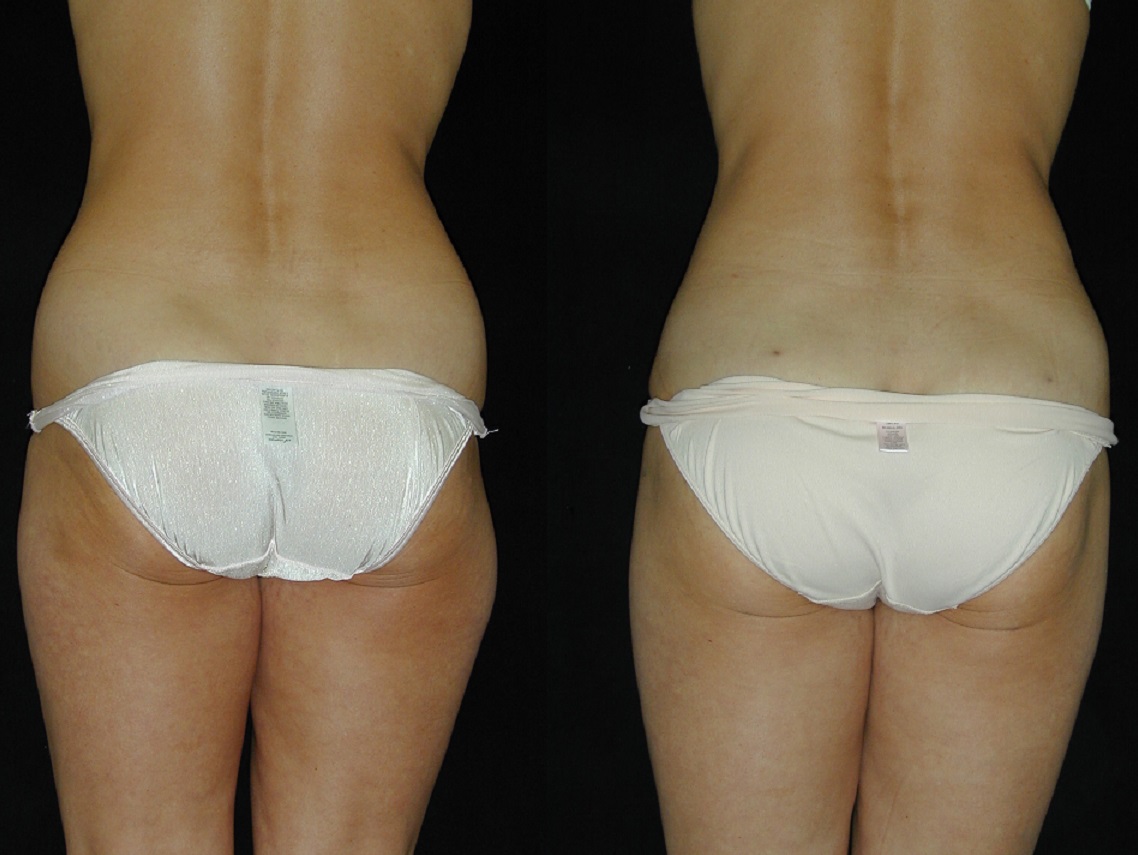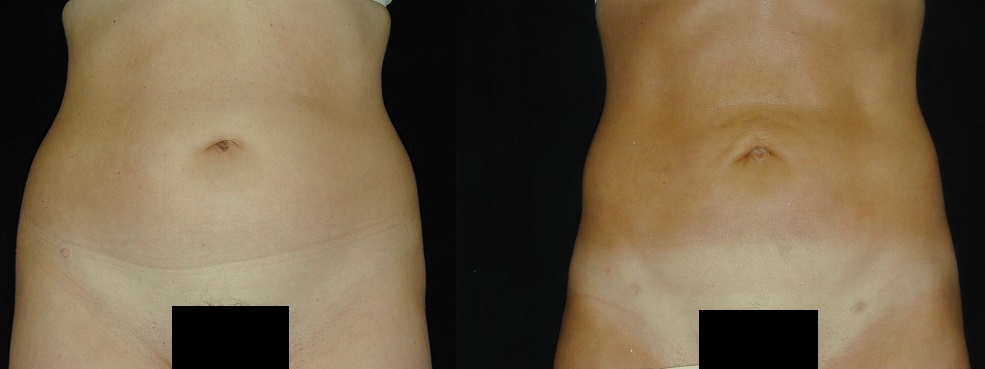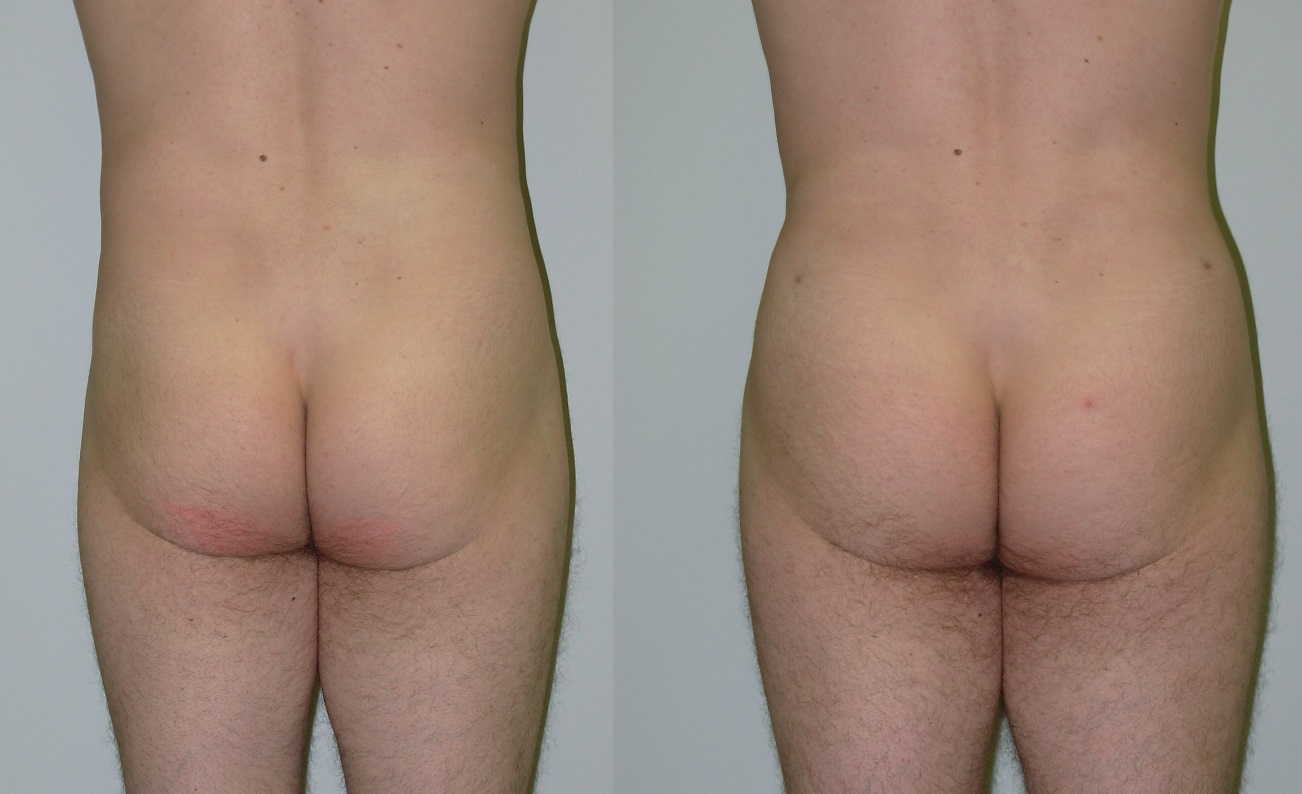What is Liposuction?
Liposuction is the most common surgical procedure. It is performed in men and women who are within a relatively normal weight range but have areas of fat that they can not reduce or are resistant to diet and exercise. Often, these resistant regions, which may be inherited, appear disproportioned to the rest of the body and liposuction is often the only way to reduce them.
Liposuction should not be considered a substitute for overall weight loss, nor is it an effective treatment for cellulite, a condition that gives the skin an uneven, dimpled appearance. Alternative treatments may be considered, in some instances, to improve this problem.
Liposuction can be performed on several areas of the body at the same time and can be done in conjunction with other aesthetic plastic surgery. Common regions where liposuction is performed for contouring include: neck, upper arms, chest or breasts, back, hips, abdomen, inner and outer thighs, and inner knees. Liposuction may sometimes be used to treat a condition called gynecomastia, or male breast enlargement.
Consulting with Dr. Mezrow:
During the consultation, Dr. Mezrow will ask you about your particular concerns regarding fatty regions that you cannot decrease with diet and exercise. This will help determine your expectations and determine whether they can be realistically achieved.
After obtaining a comprehensive medical and surgical history, Dr. Mezrow will perform an examination of the regions you desire to reduce with liposuction. The skin overlying the regions of concern will be assessed for skin tone or elasticity.
Check out Before and After photos of our client
Who is a candidate?
A good candidate will have isolated regions of fat in the presence of good skin tone also referred to as good skin elasticity. If liposuction is performed with overlying skin that has poor elasticity, the skin will likely not contract, resulting in hanging or loose skin that requires skin removal.

